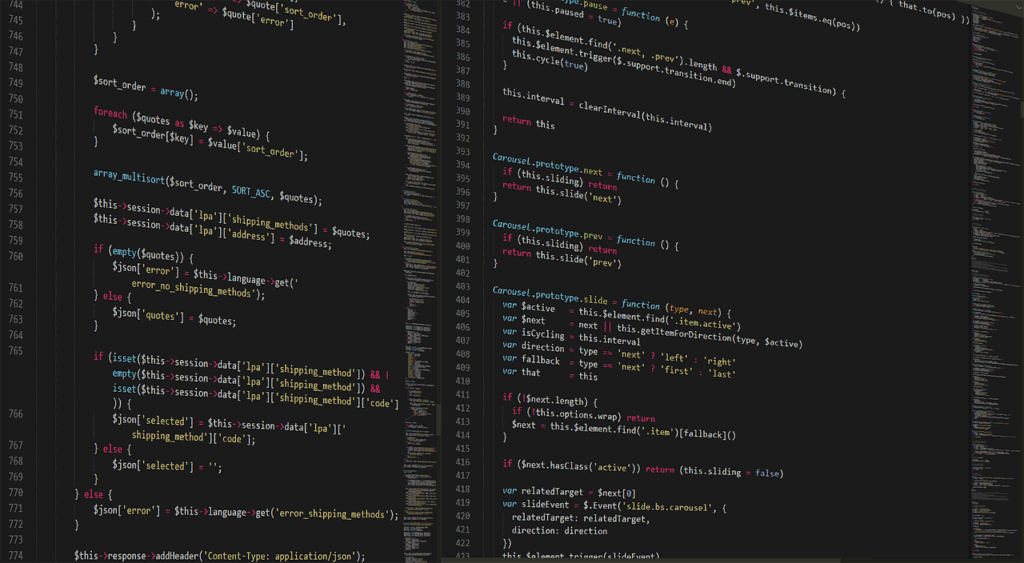Bug bounty
Bug Bounty
Managed Vulnerability Disclosure
Harness the global security community to find critical vulnerabilities before attackers do.
Bug bounty programs are a powerful, cost-effective way to supplement traditional testing by inviting skilled security researchers to probe your live systems for vulnerabilities. HyperCrackers runs end-to-end bug bounty programs — from program design and researcher onboarding to report triage, remediation support, and rewards management. Our programs are privacy-safe, compliance-aware, and tailored to match your risk tolerance and business objectives.
We combine the best practices of coordinated disclosure with professional program management to convert researcher findings into prioritized, actionable fixes — improving security rapidly while minimizing noise and operational disruption.
Who should run a Bug Bounty
Organizations with public-facing applications, APIs, or mobile apps looking for continuous security assurance.
Companies that want to complement pentesting and Red Teaming with continuous, real-world testing.
Tech startups, SaaS providers, and large enterprises that need external validation of security controls.
Teams preparing for compliance audits or looking to reduce risk from third-party exposure.
Bug bounties are particularly valuable when you need sustained testing across frequent releases or when you want to engage a diverse pool of researchers with specialized skill sets.

Why choose HyperCrackers’ Bug Bounty service
Program design expertise: We build scoped, incentive-aligned programs that attract reputable researchers while protecting sensitive assets.
Managed researcher engagement: We handle researcher onboarding, eligibility checks, and continuous communication to keep the program productive and ethical.
Triage & verification: Our security engineers validate incoming reports, reproduce issues, and eliminate duplicates and false positives before escalating to your teams.
Clear remediation guidance: Every validated finding includes reproduction steps, risk context, and developer-friendly remediation suggestions.
Safe disclosure practices: We manage coordinated disclosure timelines, vulnerability embargoes, and public reporting policies to protect both your customers and the researcher community.
Flexible program models: Private, public, hybrid, or time-boxed challenges — we recommend the right model for your maturity level and threat profile.

Program types we run
1. Private Bug Bounty
Invite-only programs restricted to vetted researchers. Ideal for early-stage products, sensitive environments, or targeted testing of critical assets.
Benefits: Controlled exposure, higher signal-to-noise ratio, and tailored researcher skill sets.
2. Public Bug Bounty
Open to the wider security community. Best for mature, public-facing services where broad testing coverage is desired.
Benefits: Large researcher pool, faster discovery of edge-case vulnerabilities, strong public confidence signals.
3. Hybrid / Escalation Program
Start private to build early traction, then expand to a public phase for larger coverage. Alternatively, run a continuous private program for core assets with periodic public campaigns for new releases.
Benefits: Phased risk control with expanding assurance.
4. Time-Boxed Bug Hunts (Crowdsourced Pentests)
Short, intensive testing windows (e.g., 1–2 weeks) where selected researchers focus on recent releases or specific assets.
Benefits: Quick feedback cycle for major launches or feature rollouts.

What to Expect
1. Scoping & Rules of Engagement (RoE)
Define in-scope assets, out-of-scope areas (PII, safety-critical systems), acceptable testing methods, and legal protections for researchers.
2. Rewards & Triaging Policy
Establish a clear reward structure, severity mapping, and escalation paths for critical findings.
3. Platform & Onboarding
We can operate through leading bug bounty platforms or run managed programs directly for clients who prefer white-label management.
4. Report Intake & Triage
Incoming reports are validated, reproduced, and categorized by severity within SLAs.
5. Remediation Coordination
We translate findings into tickets for developers with reproduction steps, patches, and suggested tests.
6. Verification & Closure
After fixes, we verify remediations and coordinate disclosure with researchers.
7. Metrics & Continuous Improvement
Monthly or quarterly metrics: report volume, time-to-triage, time-to-remediate, researcher satisfaction, and residual risk trends.
Rewards, SLAs & researcher relations
We design reward bands that reflect exploitability and business impact — higher rewards for critical vulnerabilities and creative exploit chains. Typical SLAs we operate under:
Initial triage: 24–72 hours
Severity determination & reproduction: 72 hours
Developer ticketing & remediation: Based on client SLAs (we recommend 30–90 days for medium/low; faster for critical issues)
We also manage researcher relations: recognizing high-quality contributors, handling dispute resolution, and building long-term trust with the community.
Triage & Verification process
Our triage team filters incoming reports for noise and validates exploitability quickly:
Reproducibility checks with step-by-step validation.
Risk confirmation — data exposure potential, authentication bypass, or remote code execution.
Duplicate suppression — collate related reports to avoid duplicate rewards.
Severity scoring using CVSS, business impact context, and exploitability.
Only validated findings are forwarded to engineering with prioritized remediation guidance.
Deliverables
Program Charter & RoE document — scoped rules, legal safe harbor language, and researcher guidelines.
Monthly reports — summary of findings, trend analysis, remediation progress, and researcher engagement metrics.
Validated findings — reproducible issue reports with PoC, impacted endpoints, suggested fixes, and severity ratings.
Remediation ticket pack — ready-to-import tickets for Jira/GitHub/GitLab with code pointers where available.
Disclosure support — coordinated public disclosure press templates and timelines (optional).
Program analytics dashboard — ongoing KPIs to measure program ROI and residual risk.
Pricing & engagement models
Managed Program Setup (one-time): Program scoping, RoE, platform integration, and onboarding.
Monthly Managed Service: Ongoing triage, researcher engagement, reporting, and remediation coordination.
Pay-per-validated-finding: Lower base cost with rewards handled separately (common for small teams).
Hybrid: Fixed monthly management + per-finding fees for high-volume programs.
Contact HyperCrackers with asset lists and expected traffic to receive a tailored proposal.
Legal & Compliance considerations
We craft safe-harbor language and legal frameworks to protect both your organization and participating researchers. Bug bounty engagements are aligned with compliance needs (PCI, HIPAA, GDPR) — we ensure sensitive systems are out-of-scope or tested under strict controls and evidence-handling procedures.
We also support companies in sharing remediation evidence for regulators and insurers when necessary.
Common FAQs
Q: Is bug bounty safe for production systems?
A: When properly scoped and managed, yes. HyperCrackers enforces RoE, excludes safety-critical systems, and often starts with private programs to limit exposure.
Q: How do you prevent data loss during testing?
A: We define clear out-of-scope areas, require non-destructive testing methods for sensitive endpoints, and use researcher vetting for private programs.
Q: How are rewards determined?
A: Rewards are tied to severity, exploitability, and business impact. We design reward bands to incentivize deep research and responsible disclosure.
Q: What platforms do you integrate with?
A: We support major bug bounty platforms and can manage programs directly, integrating with issue trackers like Jira, GitHub, and GitLab.
Q: Can you run bug bounty for mobile apps and APIs?
A: Yes — we scope mobile binaries, API endpoints, and backend services with tailored rules for safe testing.
How to get started
Provide a list of in-scope assets (domains, apps, APIs) and an estimated release cadence.
Choose a program model: private, public, hybrid, or time-boxed.
Agree on RoE, reward bands, and SLAs.
HyperCrackers launches the program, handles researcher onboarding, and begins triage.
Contact us to schedule a scoping call and receive a custom statement-of-work.
